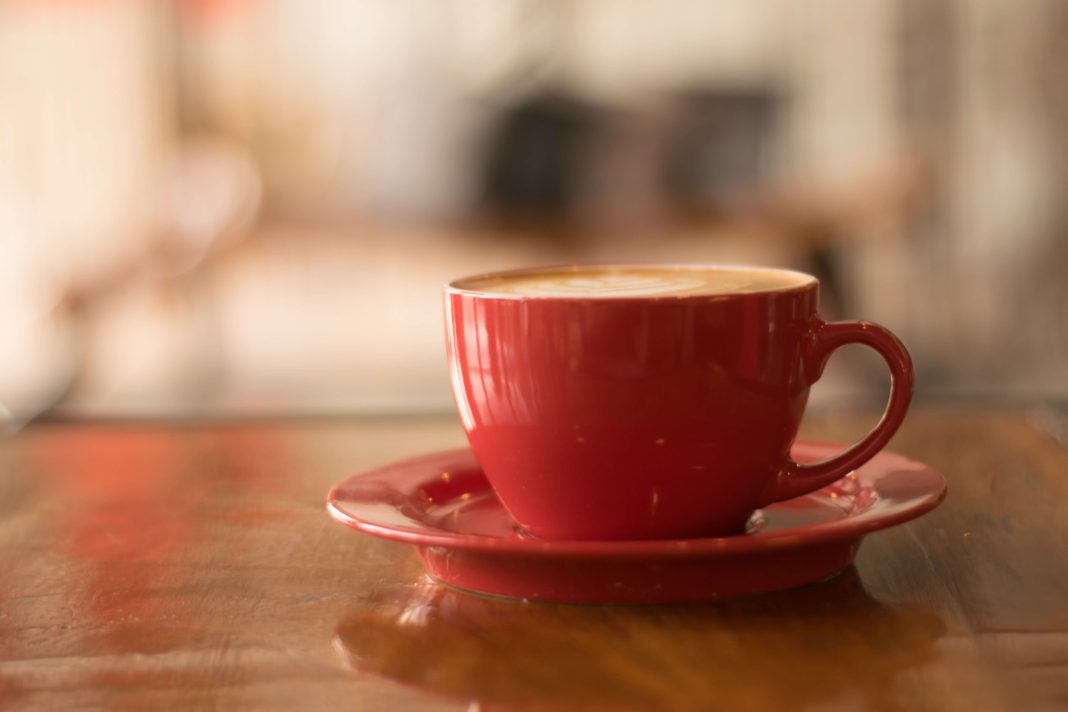India is a country with a rich history of tea production and consumption. It is the second largest producer of tea in the world, after China, and has a wide variety of teas available to suit every palate. Tea in India is not just a beverage or any other drink, it is an emotion to deal, a member to live with, and a habit that every Indian has adopted. People build relations, live a moment, create memories, and sometimes meet the clashes over a cup of tea.
But we all enjoy some sort of taste in our tea that represents a lot about us and our community. Since India is a country packed with variety, we have multiple options in tea as well. The diversity in India is applicable here in the tea too. People from different regions in India enjoy different taste and version of tea that you might have not even heard of it before. So, to make you known with these authentic tastes, I’ve curated a list of different types of tea from different parts of India and will introduce you to their characteristics and medicinal properties as well.
Hold a cup of tea in your hand and allow me to take you through the ride of different types of tea in India.
Assam Tea

Assam tea is a type of black tea that is grown in the Assam region of northeastern India. It is known for its strong, full-bodied flavor and bright, amber color. Assam tea is made from the leaves of the Camellia sinensis plant, which are plucked and processed in a specific way to create the desired flavor and color.
The tea is grown in the low-lying areas near the Brahmaputra River, which has a unique climate that is well-suited for growing tea. The region has high humidity, lots of rainfall, and warm temperatures, which help the tea plants thrive. Assam tea plants are also grown at high altitudes, which helps to give the tea its unique flavor. The tea is harvested during the months of April and May, and it is processed using the traditional Orthodox method, which involves withering, rolling, and fermentation. Assam tea is known for its malty flavor and strong, bold taste, and it is often enjoyed with milk and sugar.
Assam tea is often used as the base for many popular blends, such as English Breakfast tea and Irish Breakfast tea. It is also enjoyed on its own as a strong, invigorating drink.
Ginger Tea

Ginger tea, also known as “adrak chai,” is a popular beverage in India. It is made by boiling ginger root in water along with other ingredients such as green tea leaves, milk, and sugar. The combination of ginger and tea is believed to have numerous health benefits, including aiding in digestion, reducing inflammation, and boosting the immune system.
Ginger tea is commonly consumed in India during the colder months as it helps to warm the body and provide comfort. It is also commonly consumed after meals as it is believed to aid in digestion and alleviate stomach discomfort.
Ginger tea is made in a variety of ways in India, with each region having its own unique recipe. In some regions, it is made with black tea leaves instead of green, and in others, it is made with spices such as cardamom and cinnamon. Some variations also include ingredients such as honey and lemon for added flavor and health benefits.
In conclusion, India is a country with a rich and diverse tea culture. From masala chai to ginger tea, there are endless options to choose from. Each type of tea has its own unique flavor and health benefits, making it easy to find the perfect one for you. Whether you prefer the spiciness of masala chai or the soothing properties of ginger tea, there is a tea in India that will suit your preferences. So next time you’re in any State of India, be sure to try out some of the many different types of tea on offer.
Darjeeling Tea
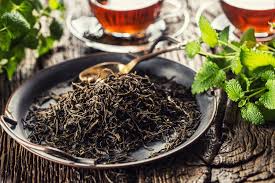
Darjeeling tea is another type of black tea that is grown in the Darjeeling region of West Bengal, India. It is known for its light, delicate flavor and distinctive muscatel aroma. Darjeeling tea is made from the leaves of the Camellia sinensis plant, which are plucked and processed in a specific way to create the desired flavor and aroma.
Darjeeling tea is often considered the “champagne of teas” due to its unique flavor and high price. It is enjoyed on its own or as a base for blends, such as Earl Grey. Darjeeling tea is harvested and processed using traditional methods. The tea plants are plucked by hand, and the leaves are then withered, rolled, and dried to create the finished product.
Overall, Darjeeling tea is a unique and prized beverage that is known for its delicate flavor and aromatic aroma. It is a true delicacy for tea lovers around the world.
Nilgiri Tea
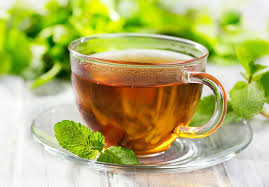
The delicate aroma of Niligiri tea takes us to the scenic highlands of Nilgiri Mountains located in the Tamil Nadu State in India. The tea is quite similar to that of Assam and Darjeeling tea but holds a strong authenticity of its own. With the fruity fragrance and floral flavor, the tea embraces the cue of mauvy and dusky orchids and woody plums that refreshes the soul. Without holding the astringent properties, the tea is shaded with hues of amber.
Nilgiri tea is often used as a base for blends, such as Chai tea, and is also enjoyed on its own as a refreshing, lightly flavored drink.
One of the unique features of Nilgiri Tea is its tippy appearance, which refers to the large number of silver tips or buds that are present on the tea leaves. These tips are indicative of a high-quality tea and add to the overall flavor and aroma of the tea.
Nilgiri Tea is often enjoyed on its own or as part of a blend, and it pairs well with a variety of foods, including pastries and desserts. It is also known for its health benefits, including its ability to improve cardiovascular health and aid in weight loss.
Kangra Tea

Kangra tea is a type of green tea that is grown in the Kangra district of Himachal Pradesh, India. It is known for its delicate, grassy flavor and bright, green color. Kangra tea is made from the leaves of the Camellia sinensis plant, which are plucked and processed in the same way as other teas are produced.
Kangra Tea has gained recognition both nationally and internationally and is now exported to various countries around the world. It has also been awarded the Geographical Indication (GI) tag, which protects and promotes the unique cultural and geographical identity of the tea. Overall, Kangra Tea is a high-quality, distinctive tea that is enjoyed by tea connoisseurs around the world.
Kangra tea is enjoyed on its own or as a base for blends, such as jasmine tea. It is also believed to have numerous health benefits, including aiding in weight loss and reducing the risk of heart disease.
Munnar Tea
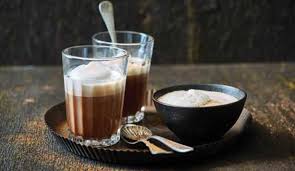
Munnar tea is a type of tea grown and produced in the Munnar region of the Indian state of Kerala. It is known for its unique flavor and aroma, which is a result of the unique soil and climate conditions of the region. Munnar tea is produced using the CTC (crush, tear, curl) method, which involves crushing the tea leaves to extract the maximum amount of flavor and aroma.
Munnar tea is known for its smooth, full-bodied flavor and golden-amber color. It has a delicate aroma with hints of sweet and flowery notes. The tea is often enjoyed on its own or with a splash of milk to bring out its full flavor. It is also used in various tea blends and in the production of iced teas and other beverages.
Munnar tea is widely regarded as one of the finest teas in India and is enjoyed by tea lovers around the world. Its unique flavor and aroma make it a popular choice for those looking for a high-quality, aromatic tea experience.
Butter Tea
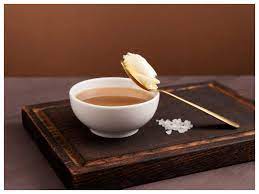
Butter tea, also known as “chai gur” in India, is a traditional beverage found in the northern regions of the country, particularly in the states of Ladakh and Sikkim. It is made by boiling black tea leaves with water and milk, and then adding a generous amount of butter and salt. The resulting drink is creamy and rich, with a unique savory and salty flavor.
Butter tea is often consumed in the morning to start the day, and it is also a popular drink during the colder months due to its warming properties. It is traditionally served in small bowls and sipped through a straw and is often accompanied by biscuits or bread for dipping.
In India, butter tea is believed to have numerous health benefits, including aiding in digestion and helping to keep the body warm during the colder months. It is also a common drink among nomadic communities and high-altitude regions, as it is believed to help with the effects of altitude sickness.
Kashmiri Kahwa
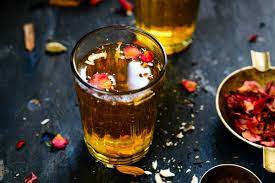
Kashmiri Kahwa is a traditional green tea that originated in the northern region of India, specifically in the state of Jammu and Kashmir. It is made by combining green tea leaves with various aromatic spices such as cinnamon, cardamom, and saffron, and is often served with a sprinkle of almonds and pistachios.
The tea is typically prepared by boiling the green tea leaves and spices in water, and then straining the mixture to create a bright yellow-green colored beverage. The tea is typically served hot and is often enjoyed as a morning or evening drink.
In addition to its rich flavor and aroma, Kashmiri Kahwa is also known for its numerous health benefits. The combination of green tea and spices is believed to have several medicinal properties, including aiding in digestion, reducing stress, and boosting the immune system. Out of several different types of green tea and their benefits, Kashmiri Kahwa is the best for stress and anxiety issues.
Noon Chai

Noon chai, also known as pink tea or gulabi chai, is a traditional beverage found in the northern regions of India, particularly in the state of Kashmir. It is made by brewing black tea leaves with milk and spices, such as cardamom, cinnamon, and cloves, and then adding a generous amount of salt to the mixture. The result is a unique, sweet-salty tea that is often served in small, decorative glasses during special occasions or as a daily refreshment.
One of the main characteristics of noon chai is its striking pink color, which is achieved by adding a small amount of baking soda to the mixture during the brewing process. This not only gives the tea its distinct hue, but also helps to soften the harshness of the black tea leaves.
In addition to its taste and appearance, noon chai holds cultural significance in Kashmir, where it is often served during weddings, religious festivals, and other special events. It is also a popular choice for winter months, as the warm spices and milk help to keep the body warm and comforted. Despite its popularity in the north, noon chai is not as well-known in other parts of India.
Masala Chai
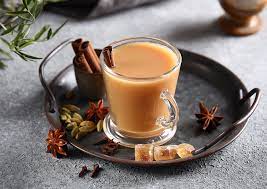
Masala chai, also known as spiced tea, is a popular beverage in India that is made by brewing black tea with a mixture of aromatic spices and herbs. It is typically served hot and often enjoyed as a daily ritual in homes and at small roadside stalls and cafes.
The traditional recipe for masala chai includes a combination of spices such as cardamom, ginger, cloves, cinnamon, and black pepper, which are ground and mixed with the tea leaves before brewing. Some variations may also include fennel seeds, coriander seeds, and star anise. The tea is then boiled with milk and sweetened with sugar or jaggery, resulting in a rich and flavorful beverage.
In recent years, masala chai has gained popularity around the world and can now be found in many coffee shops and cafes. However, it remains an integral part of Indian culture and is a beloved staple in the country. Whether enjoyed on a cold winter morning or as a refreshing pick-me-up in the afternoon, masala chai continues to be a beloved beverage in India and beyond.

